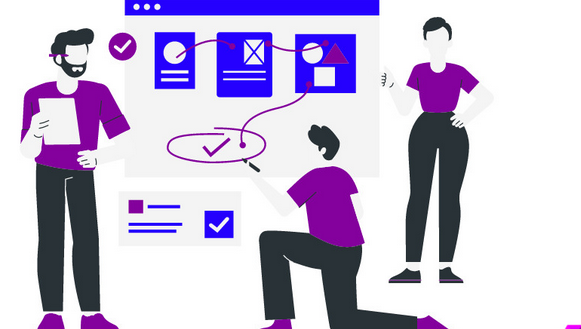Prototyping is surely an interesting component of product or service improvement, but it may also be complicated and overwhelming, particularly for beginners. A prototype is actually a real representation of your own tips which you can use to examine, assess, and refine your merchandise before moving forward with product design mechanical engineering generation. Within this beginner’s guideline, we’ll take you step-by-step through the different levels of prototyping and supply tips on how to produce a prototype that fits your needs.
1. Developing Design and style Features
The first task in manufacturing a prototype is to generate style specs. These features serve as a information to your prototype maker and include details for example components, proportions, and specific capabilities your prototype should have. Consider starting with a hard draw or even a personal computer-helped layout (CAD) to assist you to much better visualize your design. Be as detailed as possible together with your layout specs to ensure your producer can make a prototype that meets your objectives.
2. Choosing the Right Developing Technique
The next step is to choose the developing method that works the best for your project. This selection depends on various elements for example the difficulty of your respective design and style, the materials you’re using, and your spending budget. Some popular producing techniques involve 3D publishing, injections molding, and CNC machining. Research every single approach and meet with a skilled to help you make the most efficient selection for your personal task.
3. Choosing the proper Resources
The types of materials utilized in your prototype will significantly change the end product’s good quality and sturdiness. Choose resources that can easily be bought, simple to use, and accurate within their counsel of the last product. Your materials choices may depend upon your financial allowance, marketplace requires, and production strategy. Some frequent components found in prototyping include plastic, steel, hardwood, and rubber.
4. Testing and Polishing
Upon having a prototype, it’s necessary to analyze it to ensure that it fulfills your requirements and useful requirements. This can be achieved by doing a number of exams and assessments around the prototype, including match, functionality, and durability assessments. Depending on the evaluating final results, you may need to improve your prototype, that can assist enhance its capabilities and general performance.
5. Looking at and Changing
The final phase is to review your prototype and then make required alterations. Right after carrying out quite a few tests and assessments, you will find a better comprehension of your product’s weaknesses and strengths. Take advantage of this understanding to improve your prototype before advancing with creation. Take into account getting opinions from prospective customers or even a concentrate class to obtain distinct viewpoints on how to make changes.
Simply speaking
Producing a prototype is surely an thrilling and necessary part of merchandise development. It enables you to analyze, examine, and improve your ideas well before advancing with manufacturing. By using the techniques layed out with this beginner’s guide, you can create a prototype that fits your requirements and efficient needs. Be sure you take some time, choose the best manufacturing approach, and choose the appropriate materials. Examination and improve your prototype based on your findings and change appropriately. With perseverance and determination, you can create a prototype that not only meets your needs but exceeds your expectations.



